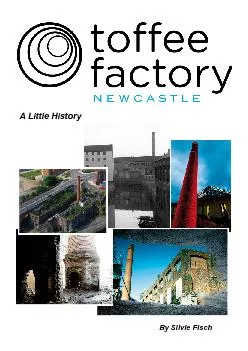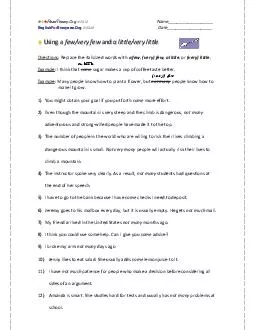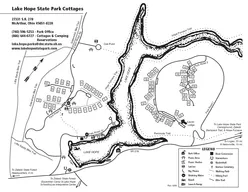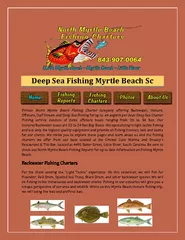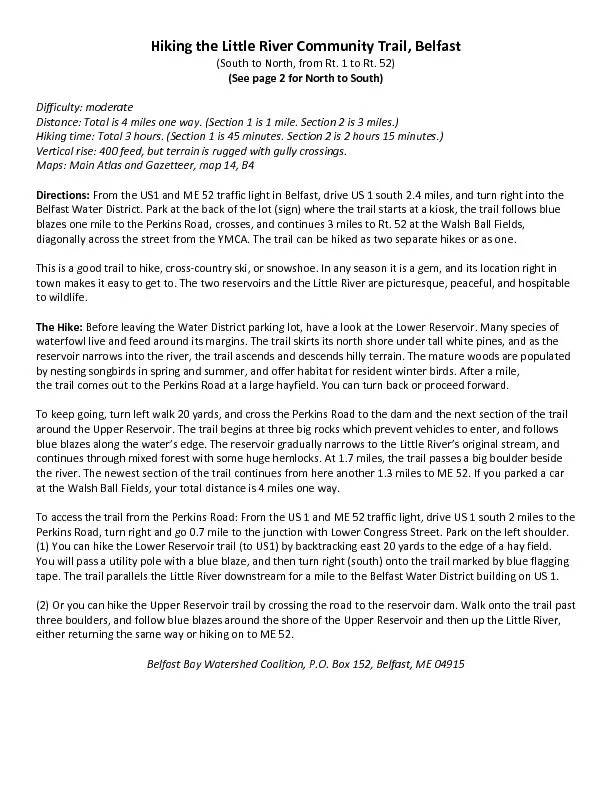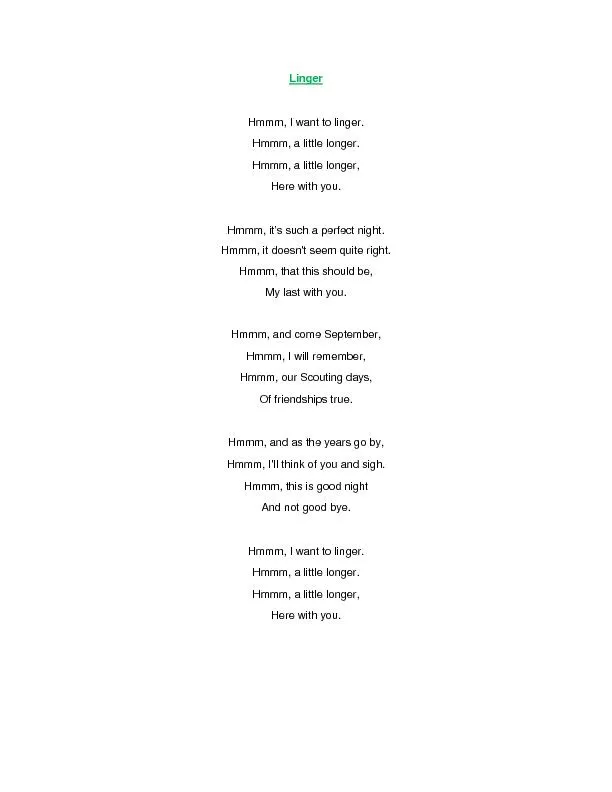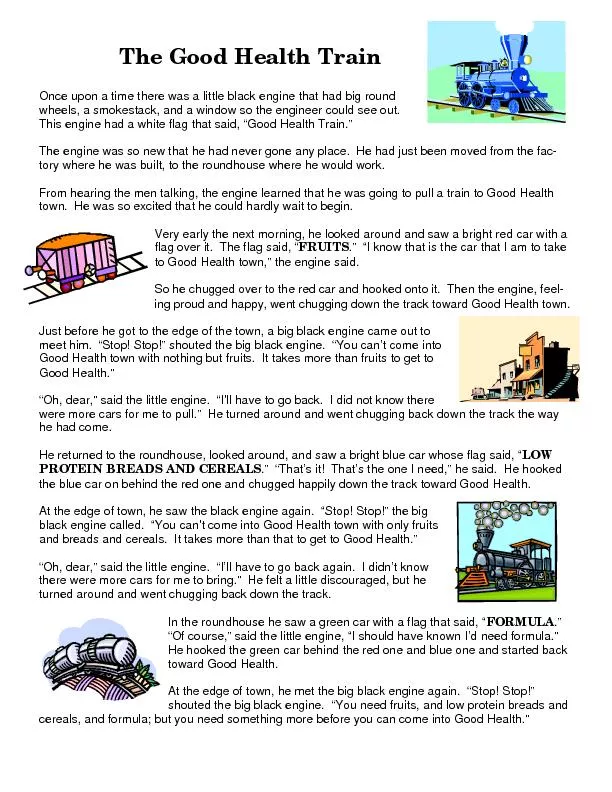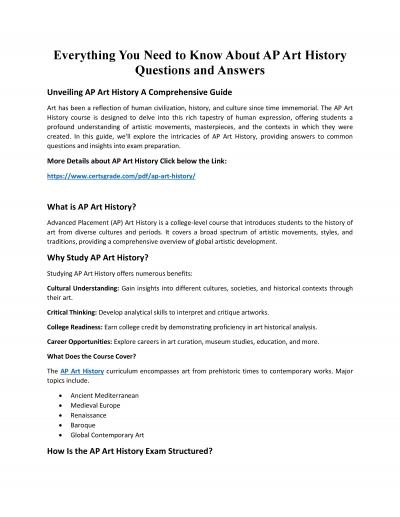PDF-A Little History
Author : phoebe-click | Published Date : 2015-11-16
The Toffee Factory is a landmark building located at the mouth of the Ouseburn Valley in Newcastle upon Tyne As with many other sites and buildings in the Valley
Presentation Embed Code
Download Presentation
Download Presentation The PPT/PDF document "A Little History" is the property of its rightful owner. Permission is granted to download and print the materials on this website for personal, non-commercial use only, and to display it on your personal computer provided you do not modify the materials and that you retain all copyright notices contained in the materials. By downloading content from our website, you accept the terms of this agreement.
A Little History: Transcript
Download Rules Of Document
"A Little History"The content belongs to its owner. You may download and print it for personal use, without modification, and keep all copyright notices. By downloading, you agree to these terms.
Related Documents

